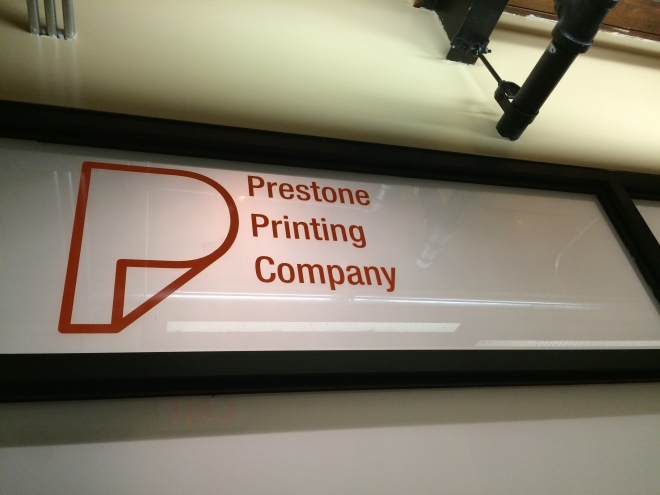First of all, I loved this project. I was hoping get to create a graphic identity for something this semester, as a first stab at making something “portfolio worthy,” and this project offered a challenging and engaging opportunity to do so.
The exhibit I chose to work with was the Nasreen Mohamedi retrospective at The Met Breuer. Prior to visiting the museum to check out what they had done with the old Whitney space, I had never heard of Mohamedi, but ended up being so inspired that I purchased the exhibit book and went back multiple times. Her work, while minimalistic and very reduced, primarily consisting of ink and graphite lines on paper, contains multitudes.
As inspired as I was by Mohamedi’s work, coming up with a cohesive idea for an integrated exhibit identity proved more challenging than anticipated. The fine graphite lines do not lend themselves well to photo reproduction / scanning, and most of the drawings are on a paper with a slightly sepia toned ground that looked jarring and out of place on white paper. She also did not use color, at all, so I wasn’t presented with very many obvious options PMS color-wise.
In the face of these limitations, I decided to research more about Mohamedi’s process and inspirations to see if I could draw some inspiration of my own there. I found through various readings that she was very fascinated with light and dark, and the interplay of shadows on surfaces. Her studio / living quarters were starkly bare, almost empty, with large windows, and she would draw sitting on the floor for hours, observing the different angles upon which shadows fell on the walls and floor. Much of her work also dealt with vanishing points, like the horizon line on the ocean. I decided to try to create a sort of typographic image using Mohamedi’s name and employing the ideas of light / dark contrast and the lines approaching points in the distance.
I chose Antique as my typeface for the project. I felt a sans serif was appropriate, seeing as how Mohamedi’s work is so modernist and clean. I liked that Antique only has one weight, as this forced me to create a very clear hierarchy only using type size, color, and arrangement. I created a text block out of Mohamedi’s name and bisected it with white bands of varying widths, to evoke the linear quality of her primary works. I used this text block image on the cover of the folded brochure, the mailer, and a modified version of it on my poster. I wanted to create exhibit pieces that seemed very industrial and mass-market, nothing one-off or precious seemed appropriate given the austere (yet beautiful) quality of Mohamedi’s art. For my PMS color, I ended up using the same red as the Met Breuer logo. I initially thought to try a deep indigo / blue color to evoke the ocean that gave Mohamedi so much inspiration, but found it didn’t create enough of a contrast with the black and white.
I struggled a bit with the mailer, as I don’t think I really did enough front-end research here. I conceptualized it as more of an invite that comes in an envelope, but I do plan on revisiting this project and perhaps changing the format and layout of that item. I liked how my brochure came out, but I do think I can also tweak the layout of that, specifically where the “M” diagonal lines get chopped off in the margin, and the images that are bisected by the lines. All in all, I was happy with the way this project turned out and I think I was successful in creating a memorable graphic identity that ended itself well to the various formats of the printed materials, and look forward to going back and polishing it up in the future!































 “The advertising agency Serino/Coyne created a muscular poster design for the sex-and-power drama about a wealthy businessman (Mr. Pacino), his fiancée and a phone call that upends their lives. It’s a bold treatment that features the sinewy back of a pricey-looking jet, above. Mr. Pacino’s name and the show’s title are rendered in clean, oversize block letters that change colors as they overlap the jet’s tail”.
“The advertising agency Serino/Coyne created a muscular poster design for the sex-and-power drama about a wealthy businessman (Mr. Pacino), his fiancée and a phone call that upends their lives. It’s a bold treatment that features the sinewy back of a pricey-looking jet, above. Mr. Pacino’s name and the show’s title are rendered in clean, oversize block letters that change colors as they overlap the jet’s tail”.